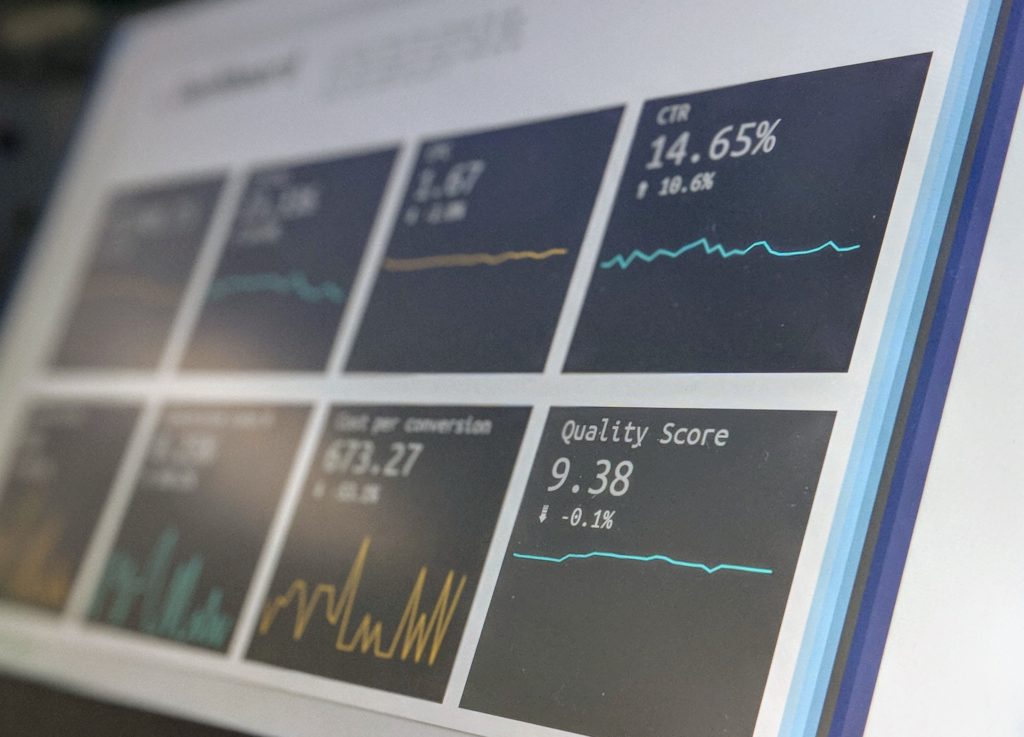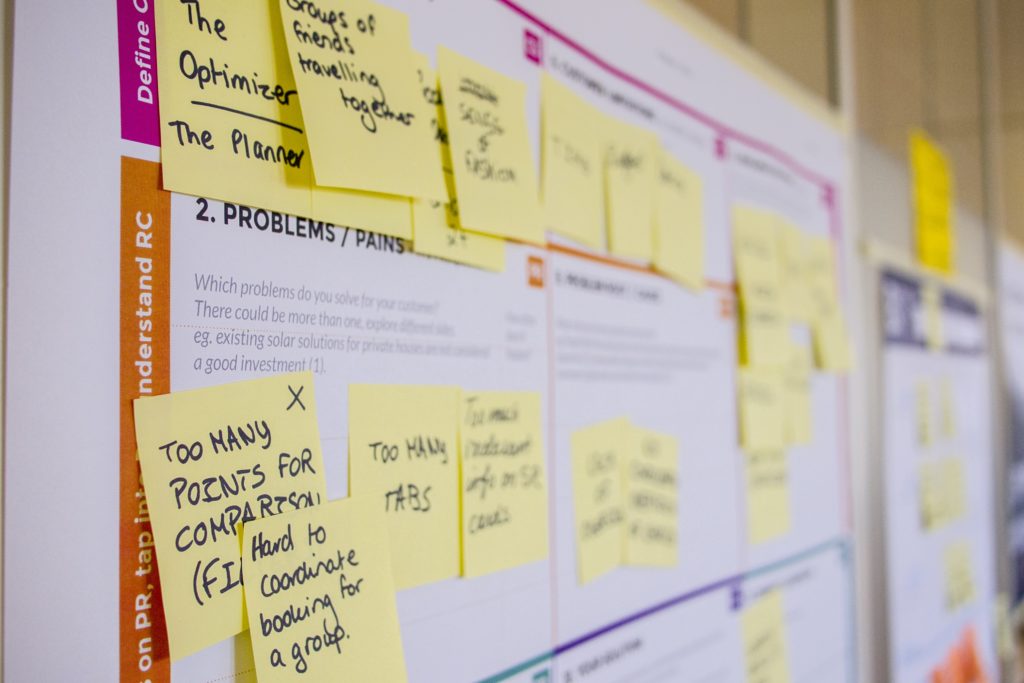Measuring win rate and win loss ratio provides essential metrics for evaluating the success of a company’s sales efforts and gaining insights into its competitive landscape. Here’s how to calculate both metrics:
1. Win Rate Ratio:
Win rate is the percentage of deals won out of the total opportunities. It offers a clear snapshot of a company’s sales performance and effectiveness. To calculate win rate:
Win Rate Ratio = Number of Opportunities Won / Total Number of Opportunities
For example, if a company has won 30 out of 100 deals it pursued, the win rate would be 30%.
2. Win Loss Ratio:
The win loss ratio is the ratio of deals won to deals lost. This metric provides a deeper understanding of a company’s competitive position and helps identify areas for improvement. To calculate win loss ratio:
Win Loss Ratio = Number of Opportunities Won / Total Number of Lost Opportunities
For instance, if a company has won 20 deals and lost 10, the win loss ratio would be 2:1.
It’s important to note that both metrics should be analyzed in conjunction with other factors, such as deal size, customer segments, and reasons for wins and losses. These insights contribute to a comprehensive understanding of a company’s performance and inform strategic decisions for future success. By consistently tracking win rate and win loss ratio, businesses can refine their sales strategies, enhance customer relationships, and optimize their competitive edge in the market.















